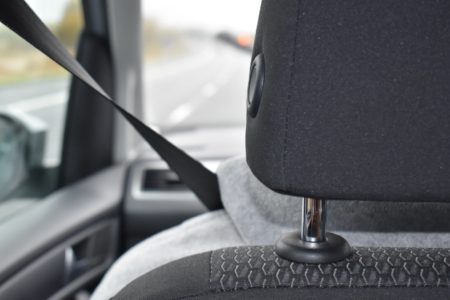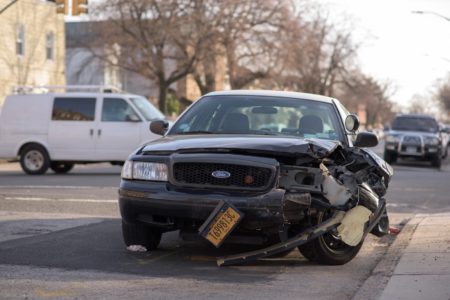March break is a very busy time since both elementary and high school students are on break. One of the most popular things being done during March break is high school students (who are of age) taking their driving tests and lessons.
It is important to remember that although this may be a convenient time to do the lessons for you and your family, it is not necessarily the most beneficial to your young novice driver, considering they are going to be driving for the next 50+ years!
Be aware that the cheaper driving schools – although inexpensive and convenient – cannot truly offer what is best for your new child. The price you pay goes towards the wage of the teacher, the car maintenance, the gas, 10 in car lessons, extra at-home work, and more. Paying $200 or $500 is not enough to sustain all those expenses.
These no-name driving schools might offer great deals during March break, but it is not realistically possible to charge such an amount for such a huge long-term lesson. The best course of action to take would be to use the schools that charge $900+, and to spread out the lessons your new driver is taking so they can experience driving in all conditions, seasons, times of the day, and settings.
By Emily C.




